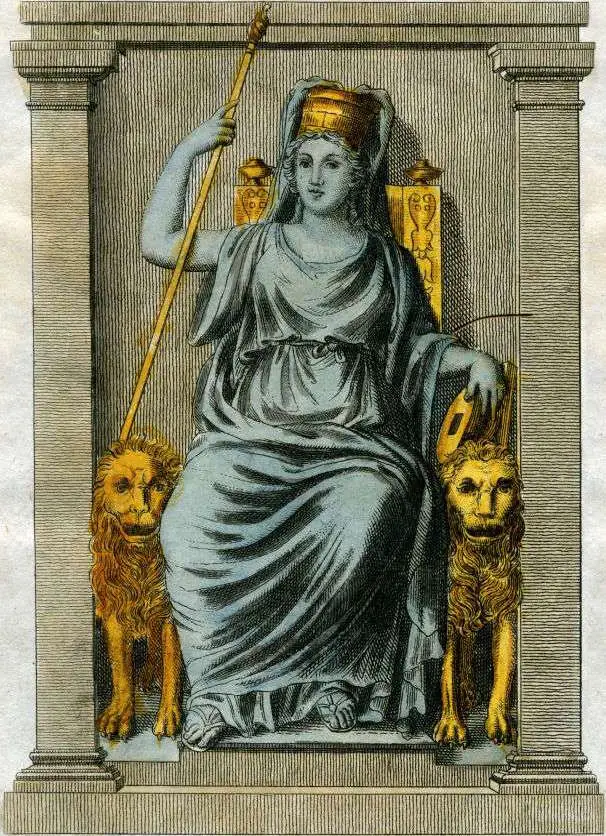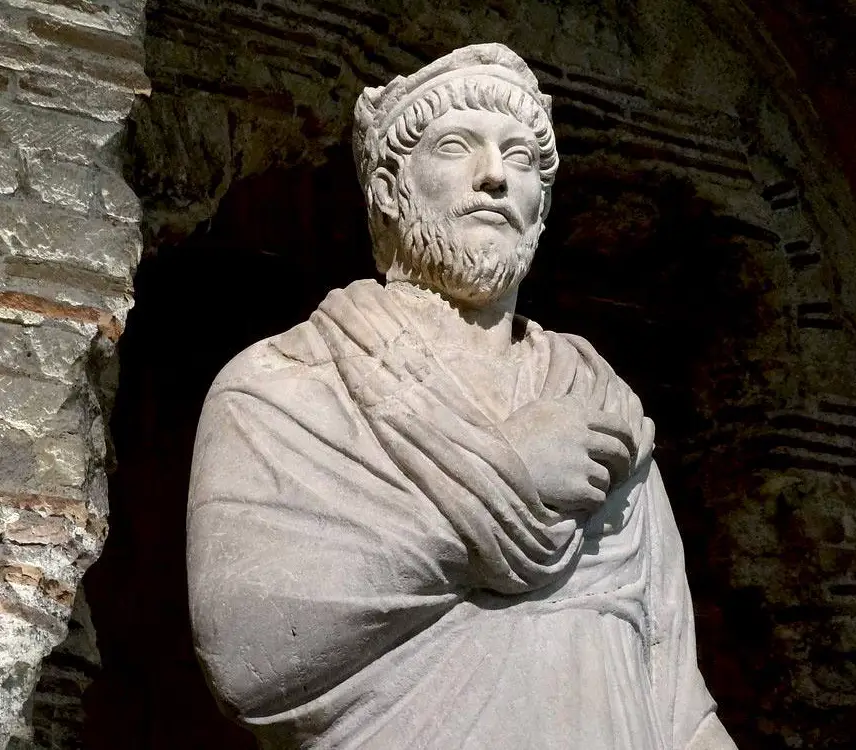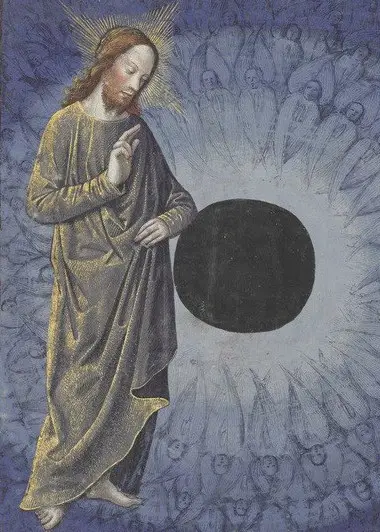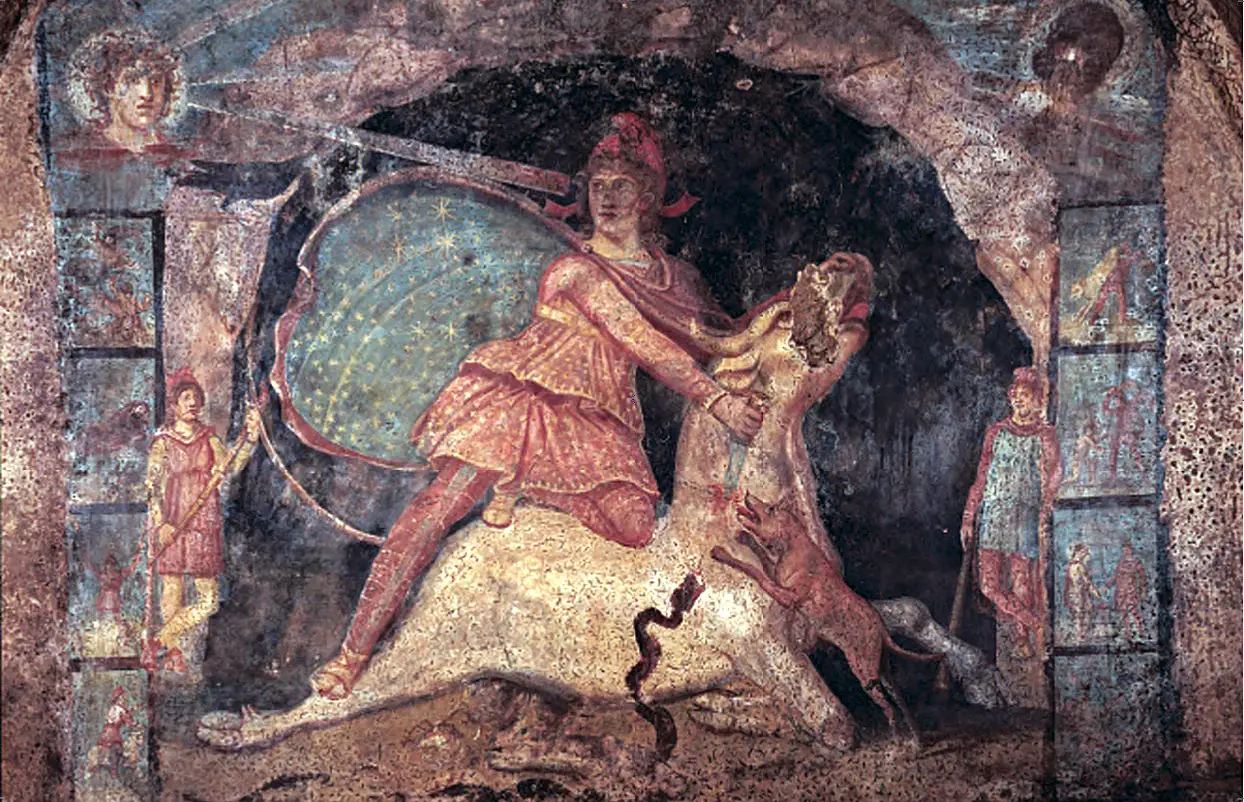Tag: Attis
From Cybele to Demeter, the different faces of Mother Earth, or rather of the ecliptic
From the Phrygian tradition concerning Cybele, "goddess of the mountain and wild beasts", to the Indian tradition of Aditi, "inexhaustible source of abundance", up to the different Hellenic divinities such as Rhea, Demeter, Themes, Meti (without forgetting the various collective deities, always feminine, of destiny), an astrotheological reading emerges that can shed light on the aforementioned "Mother Goddesses of the Earth", provided that the latter is understood, following the studies of Santillana, Dechend and Richer (as well as the Platonic clues), in the meaning of ecliptic.
The solar monotheism of the Emperor Flavius Claudius Julian
The swan song of Mediterranean "paganism" and ancient sacred thought in the last attempt of the last emperor of Rome, who paid his personal resistance by being branded as "Apostate"
Astrological considerations on the Gospel: the Passion and the Resurrection
The religions of mystery: soteriology of the Mithraic cult and of Attis / Cybele
(image on the side: affresco representing Mithra killing the bull, XNUMXnd cent. AD, Marino, Italy)
NIn the 50s, the Gnostic documents of Nag Hammadi, found immediately after the war in Egypt, made their entry into the academic world, and the need arose in the field of studies for a reflection on the material available and a rethinking of the categories into which they fell. the so-called mystery cults. The years between the 30s and 40s had already brought new materials and new research hypotheses: studies on pattern or mythical-ritual model inaugurated in England, which still felt the influence of Frazerian comparativism, "by now they were putting the theme of mystery religions in a broader perspective to consider them, one by one, in their ancient roots of national and ethnic religions - Crete, Egypt, Anatolia and the rest of anterior Asia, overcoming the limitation to mystical and soteriological cults of the Hellenistic-Roman age and in particular those relating to divinities of oriental origin»Such as Mithra (Persia), Isis and Osiris (Egypt, Rome), Cybele and Attis (Anatolia), Aphrodite / Astarte and Adonis (Phenicia, Greece) [From: U. Bianchi, The study of mystery religionsin The soteriology of oriental cults in the Roman Empire, Proceedings of the International Colloquium, Rome 24-28 Sept. 1979].





